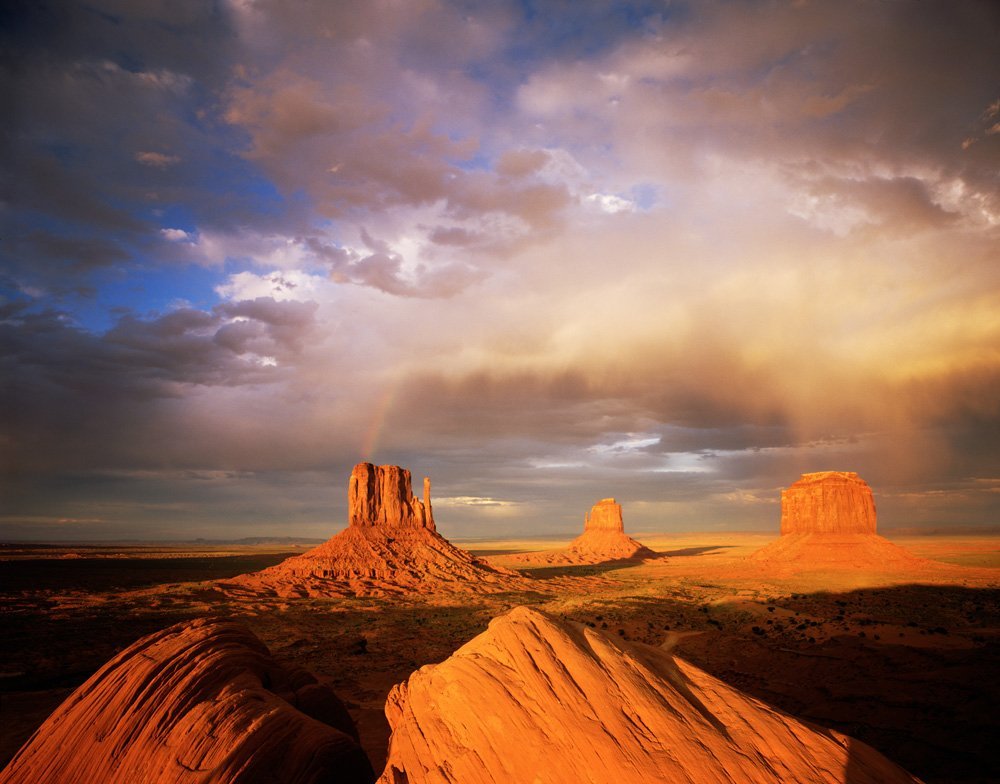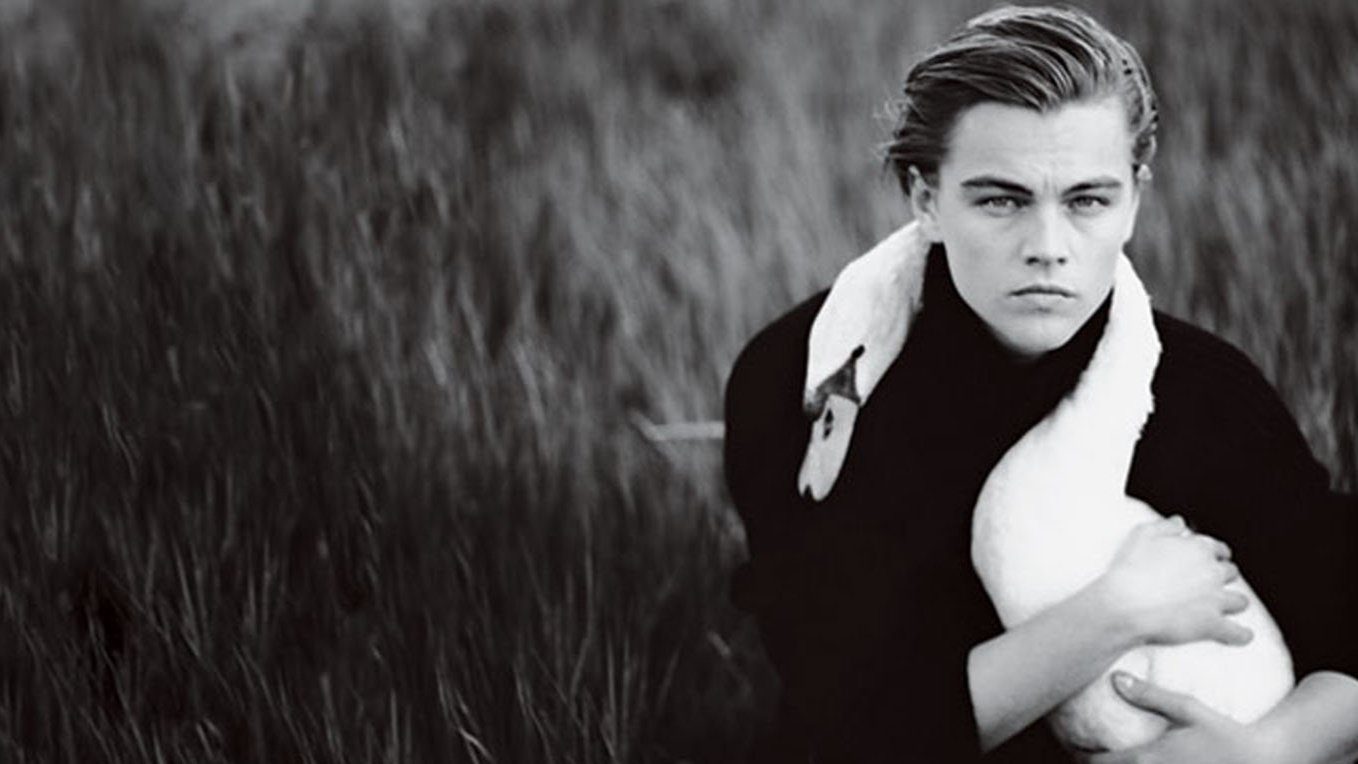Landscape Photography: A Journey Through Nature's Grandeur
What is Landscape photography? Landscape photography is a popular genre that captures the essence of the natural world, transforming it into stunning visual art. This genre, with its deep roots in history and diverse sub-genres, continues to captivate the hearts of many photographers and viewers alike.
Different Genres
While landscape photography may seem like a unified genre, it's composed of various sub-genres, each with its unique characteristics and aesthetics:
Classic landscapes showcase a scene's natural beauty, often featuring expansive vistas and iconic landmarks. These images, like those captured by Ansel Adams, evoke a timeless, serene quality.
Wildlife landscapes blend the art of landscape photography with the thrill of capturing animals in their natural habitats. Sebastião Salgado, known for his stunning wildlife images, excels in this sub-genre.
Aerial landscapes are taken from a higher perspective, offering a bird's-eye view of the scenery below. With the advent of drone technology, aerial landscapes have become increasingly popular.
Abstract landscapes use creative techniques to capture unconventional views of nature, often focusing on patterns, textures, and colors.
Astro landscapes involve shooting the night sky, with celestial objects such as stars, the Milky Way, and even the Northern Lights as the main subjects.
by David Muench
History
The origins of landscape photography can be traced back to the early days of the medium itself. Pioneers like William Henry Fox Talbot and Gustave Le Gray captured natural scenes in the mid-1800s, setting the stage for future generations of landscape photographers.
As photographic technology improved, landscape photographers like Ansel Adams and David Muench emerged, pushing the boundaries of the genre and establishing a lasting legacy.
Techniques
Several techniques are commonly used in landscape photography to create striking images:
Composition: The rule of thirds, leading lines, and the use of foreground elements are essential for creating well-balanced images.
Long exposures: By using a slow shutter speed, photographers can capture the passage of time, showcasing the movement of water or clouds.
Bracketing and HDR: By taking multiple exposures and merging them in post-processing, photographers can create images with a broader dynamic range, preserving details in both highlights and shadows.
Focus stacking: This technique involves taking several images at different focus distances and combining them to achieve a greater depth of field.
Photography Gear
The right equipment is essential for capturing breathtaking landscape photographs. Here are some essential gear recommendations:
Camera: A high-resolution DSLR or mirrorless camera with a good dynamic range is ideal for landscape photography. Popular models include the Nikon D850, Sony A7R IV, and Canon 5DS R.
Lenses: Wide-angle lenses (e.g., 16-35mm) are perfect for capturing expansive scenes, while telephoto lenses (e.g., 70-200mm) allow for more focused compositions. Prime lenses, such as the Zeiss Otus series, provide exceptional sharpness and image quality.
Tripod: A sturdy tripod is crucial for stability during long exposures and HDR photography. Brands like Gitzo, Really Right Stuff, and Manfrotto offer excellent options.
Filters: Neutral density filters and polarizing filters can help control exposure and reduce reflections or glare, enhancing the final image.
Important Photography Books
"Ansel Adams: 400 Photographs": This comprehensive collection features the work of Ansel Adams, one of the most influential landscape photographers in history. The book offers a fantastic overview of his career, providing inspiration for photographers of all levels.
"Landscapes in Landscapes" by Piet Oudolf and Noel Kingsbury: A unique take on landscape photography, this book focuses on the design and aesthetics of gardens, emphasizing the intersection of photography and landscape architecture.
"Galen Rowell: A Retrospective": Showcasing the work of adventure photographer Galen Rowell, this retrospective delves into his passion for capturing the natural world and the stories behind his images.
"Spirit Of America": This book by Peter Lik offers an impressive collection of his landscape photography, highlighting his use of vibrant colors and unique perspectives.
by Sebastião Salgado
Legacy and Influence
The impact of landscape photography transcends the realm of art, influencing the way people perceive and interact with the environment. The work of photographers like Ansel Adams played a significant role in promoting the conservation of national parks and wilderness areas. Today, contemporary photographers like Sebastião Salgado continue to raise awareness about environmental issues through their evocative images.
Moreover, landscape photography inspires countless enthusiasts to explore the outdoors and develop a deeper appreciation for nature. As technology advances, new generations of photographers are finding innovative ways to capture the world around them, ensuring that landscape photography remains a dynamic and evolving art form.
Landscape photography is a rich and diverse genre that has captivated the hearts of photographers and viewers for generations. By understanding its history, techniques, and equipment, photographers can better harness their creativity to capture the beauty of the natural world. As we continue to explore the planet and appreciate its wonders, landscape photography will remain a powerful means of connecting with nature and sharing its splendor with the world.





















